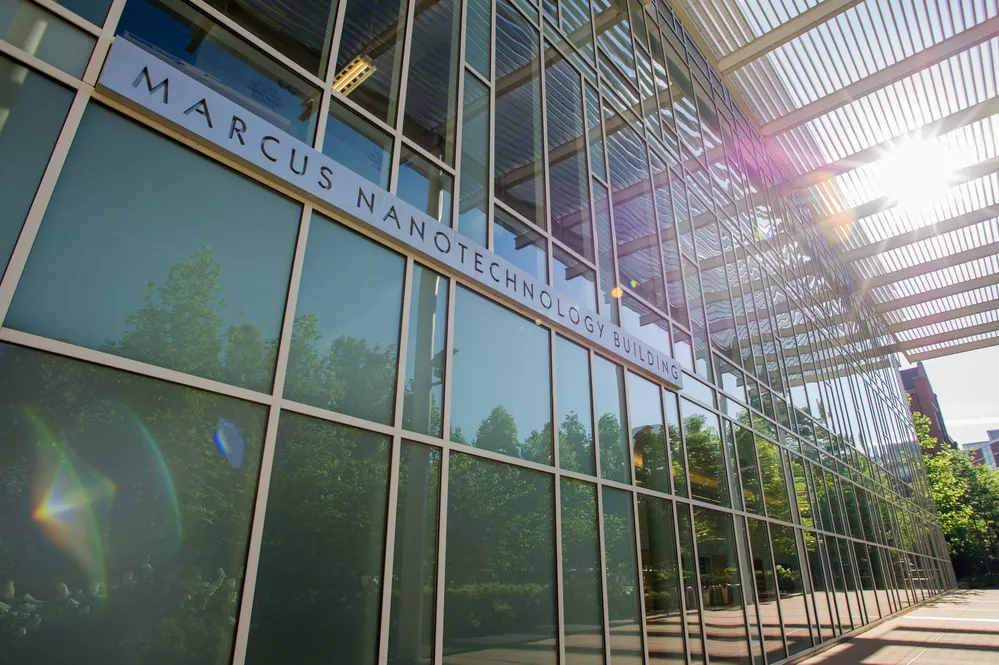Nov. 15, 2024
The Institute for Matter and Systems (IMS) at Georgia Tech has announced the fall 2024 core facility seed grant recipients. The primary purpose of this program is to give graduate students in diverse disciplines working on original and unfunded research in micro- and nanoscale projects the opportunity to access the most advanced academic cleanroom space in the Southeast. In addition to accessing the labs' high-level fabrication, lithography, and characterization tools, the awardees will have the opportunity to gain proficiency in cleanroom and tool methodology and access the consultation services provided by research staff members in IMS. Seed Grant awardees are also provided travel support to present their research at a scientific conference.
In addition to student research skill development, this biannual grant program gives faculty with novel research topics the ability to develop preliminary data to pursue follow-up funding sources. The Core Facility Seed Grant program is supported in part by the Southeastern Nanotechnology Infrastructure Corridor (SENIC), a member of the National Science Foundation’s National Nanotechnology Coordinated Infrastructure (NNCI).
The five winning projects in this round were awarded IMS cleanroom and lab access time to be used over the next year.
The Fall 2024 IMS Core Facility Seed Grant recipients are:
Manufacturing of a Diamagnetically Enhanced PEM Electrolysis Cell
PI: Alvaro Romero-Calvo
Student: Shay Vitale
Daniel Guggenheim School of Aerospace Engineering
Biomimicking Organ-On-a-Chip Models
PI: Nick Housley
Student: Aref Valipour
School of Biological Sciences
Single-shot LWIR Hyperspectral Imaging Using Meta-optics
PI: Shu Jia
Student: Jooyeong Yun (School of Electrical and Computer Engineering)
The Wallace H. Coulter Department of Biomedical Engineering
Large-area Three-dimensional Nanolithography Using Two-photon Polymerization
PI: Sourabh Saha
Student: Golnaz Aminaltojjari
George W. Woodruff School of Mechanical Engineering
Effects of Geochemical Constraints on the Redistribution of Rare Earth Elements (REE) during Chemical Weathering
PI: Yuanzhi Tang
Student: Hang Xu
School of Earth and Atmospheric Sciences
